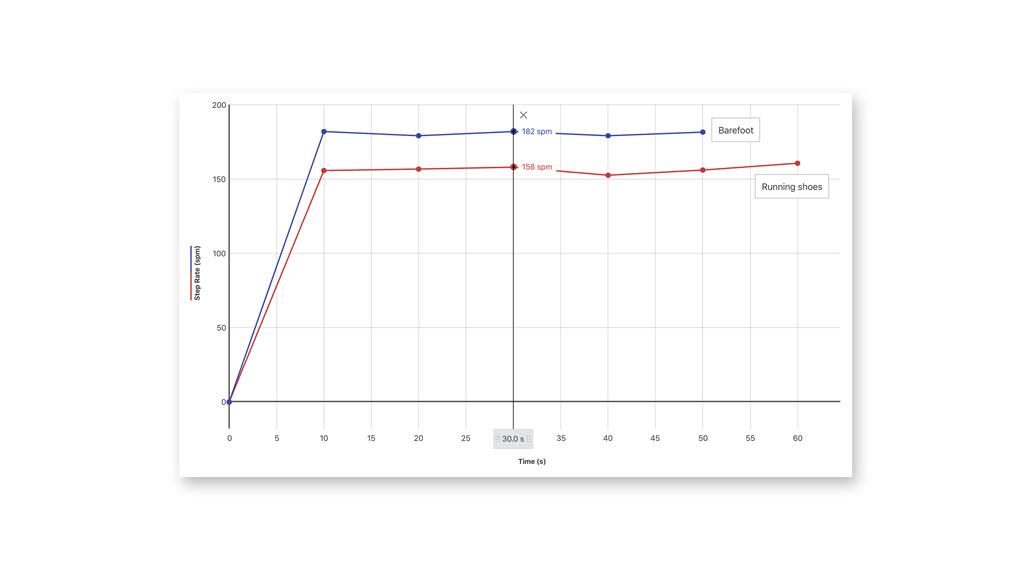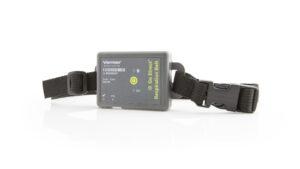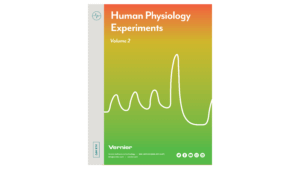
To help you and your students celebrate Physical Fitness and Sports Month, we used our Go Direct® Respiration Belt to investigate the biomechanics of running. This affordable sensor has a built-in pedometer that can measure steps and step rate. With this in mind, we modified our “Barefoot Running” experiment, which is available as a free download and in our new lab book, Human Physiology Experiments: Volume 2. Since students and instructors are stuck at home right now, we’ve provided sample data so that students can get data-analysis experience even though they can’t collect the data themselves.
Barefoot running is a running trend that was popularized by Christopher McDougall in the book Born to Run. Traditional running technique emphasizes a heel-to-toe foot strike. Without the padding provided by traditional running shoes, barefoot running minimizes heel strike. This leads to an increase in step rate, or cadence, of the barefoot runner. This experiment, much like the other experiments included in Human Physiology Experiments: Volume 2, requires very few materials and is ideal for remote learning. As shown in the graph, barefoot running leads to an increase in step rate of the subject.
Editable word-processing files of student instructions for the experiment, “The Biomechanics of Running,” are available as a free download. Sample data for this experiment and more than 300 others are also available within our Experiment and Sample Data Library.
With the word-processing version of the student instructions, you are able to modify the procedure or add extensions. If you’re looking for additional ideas on how to engage students with this experiment, consider challenging them to compare different brands of running shoes, or introduce the use of a heart rate monitor to investigate heart rate while running barefoot and in shoes.


